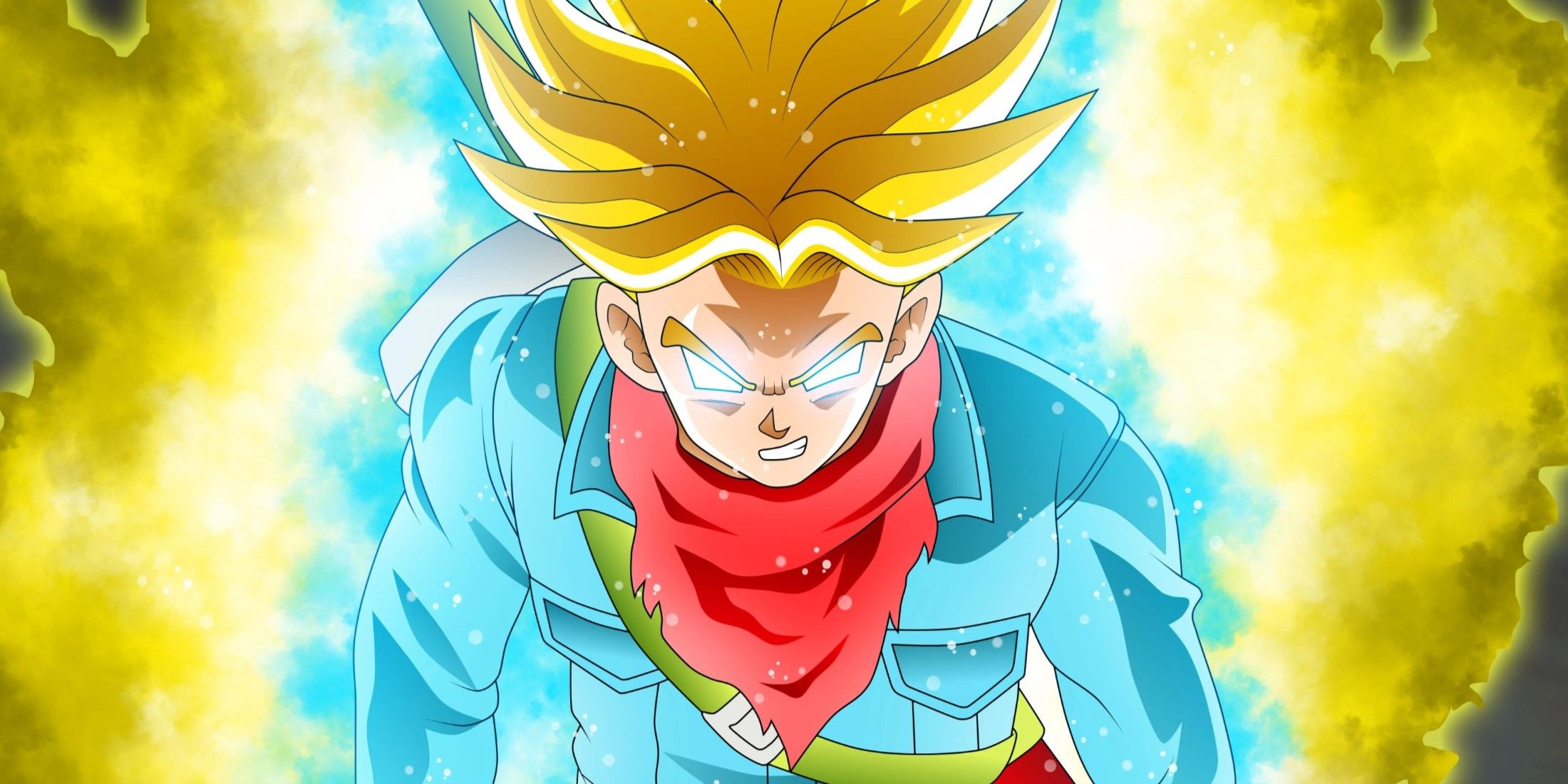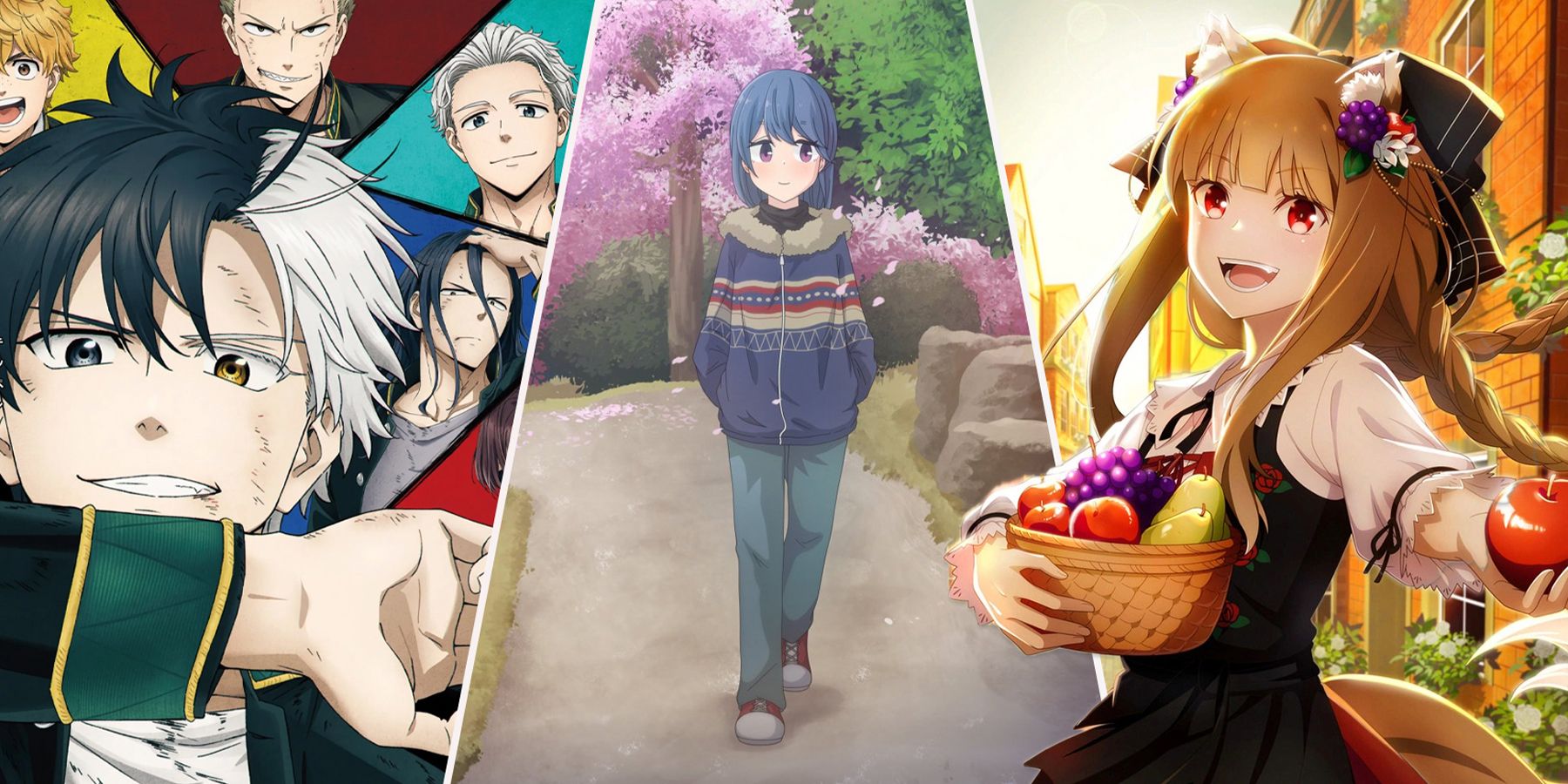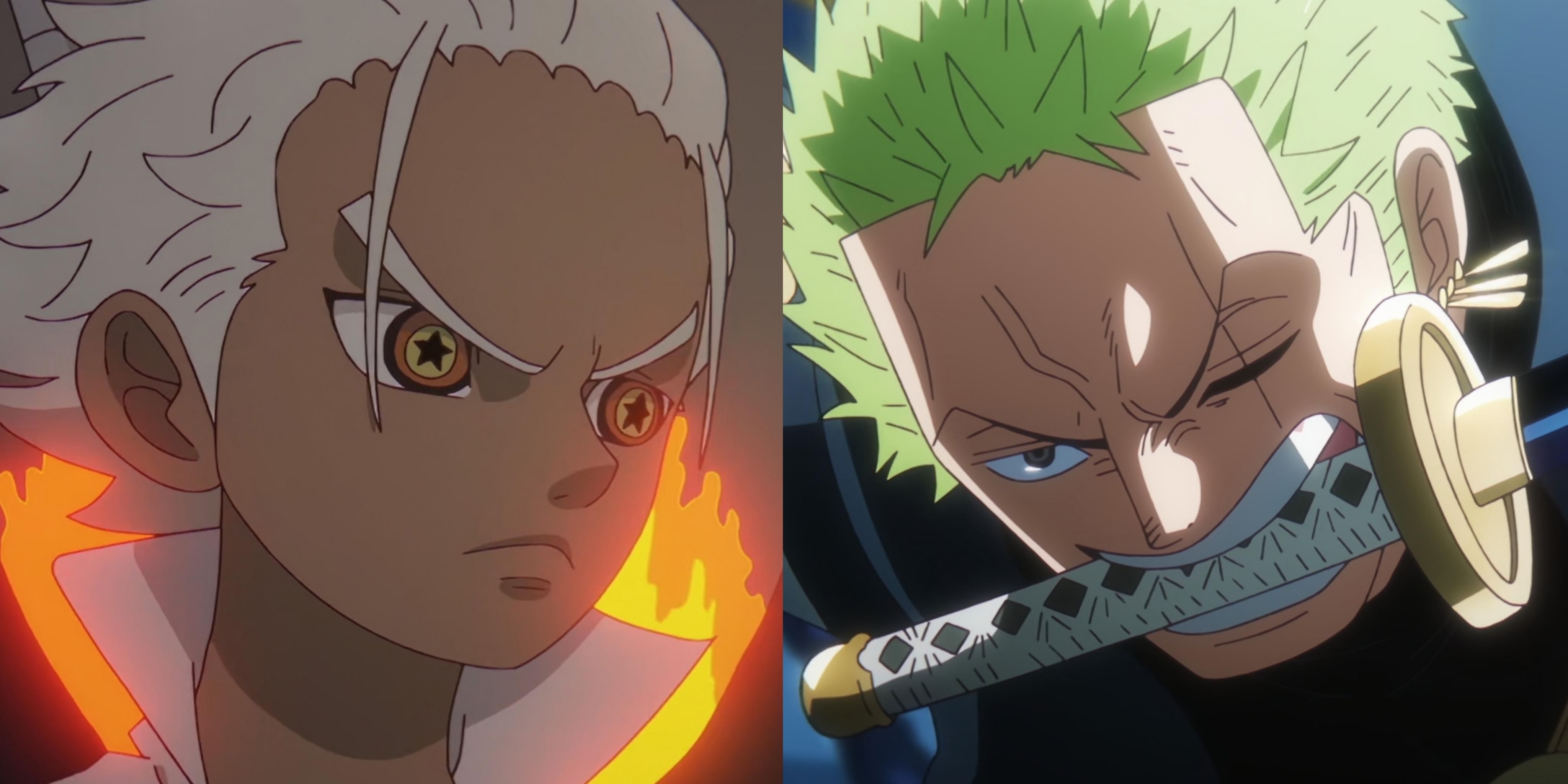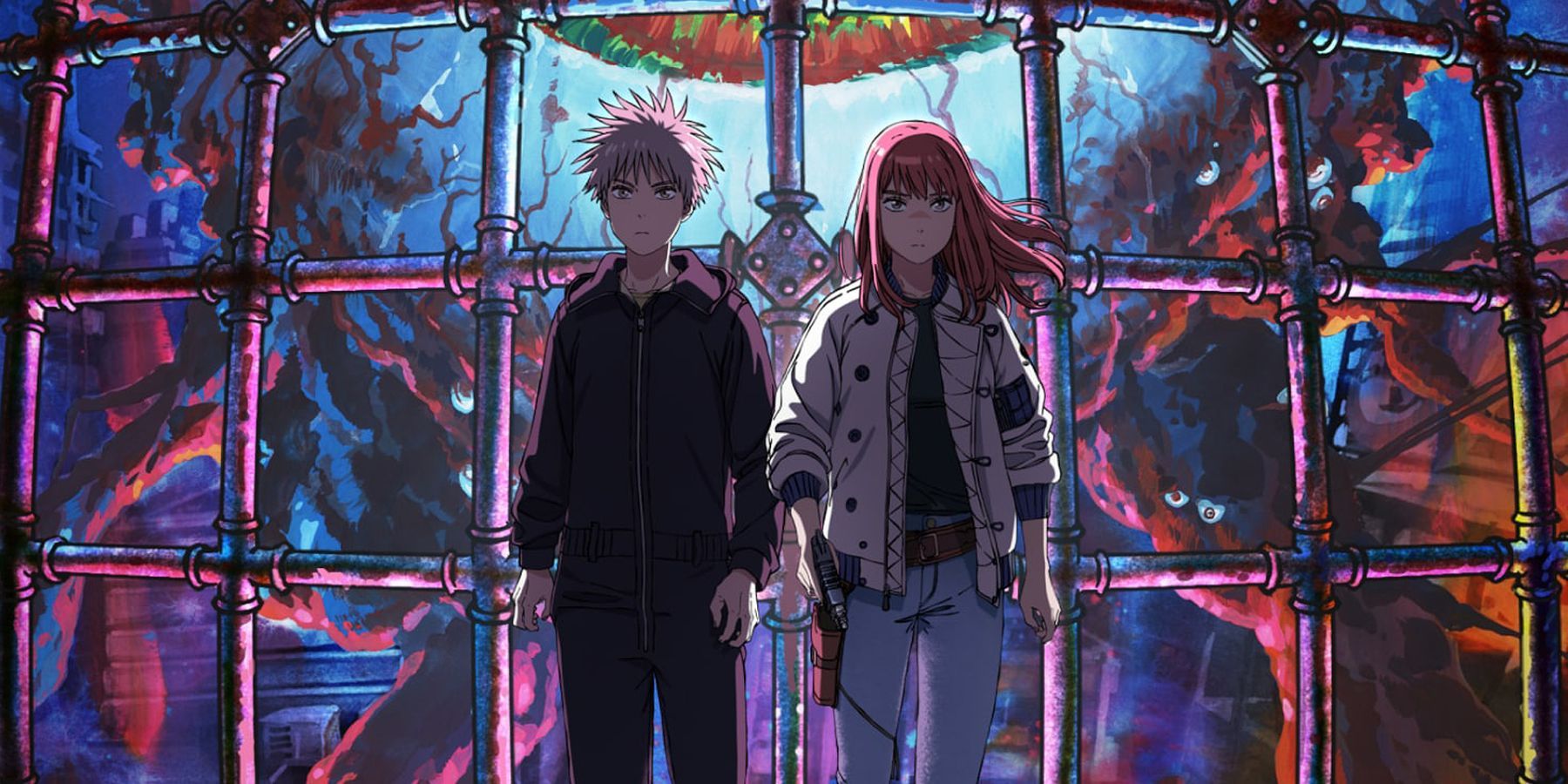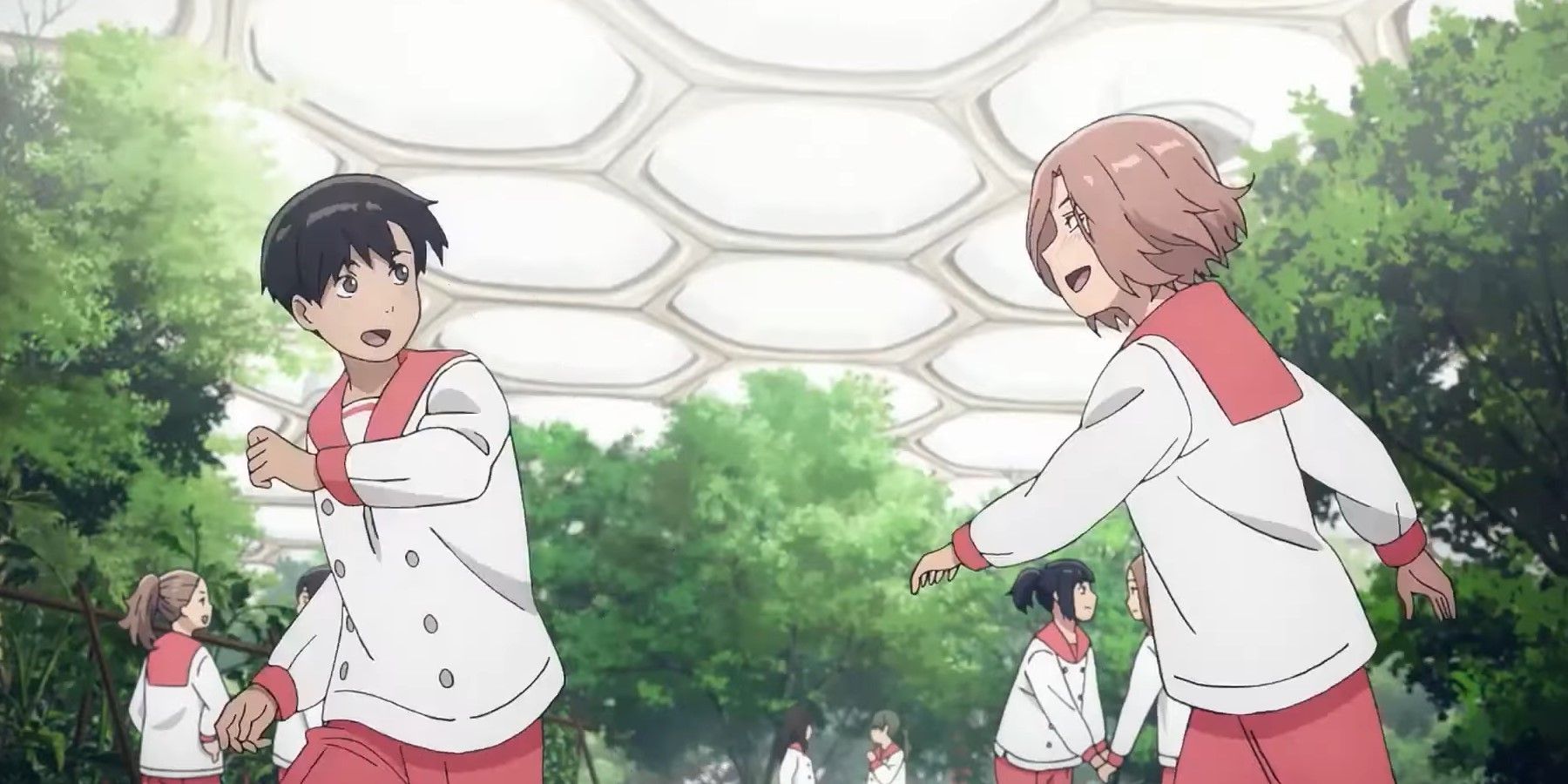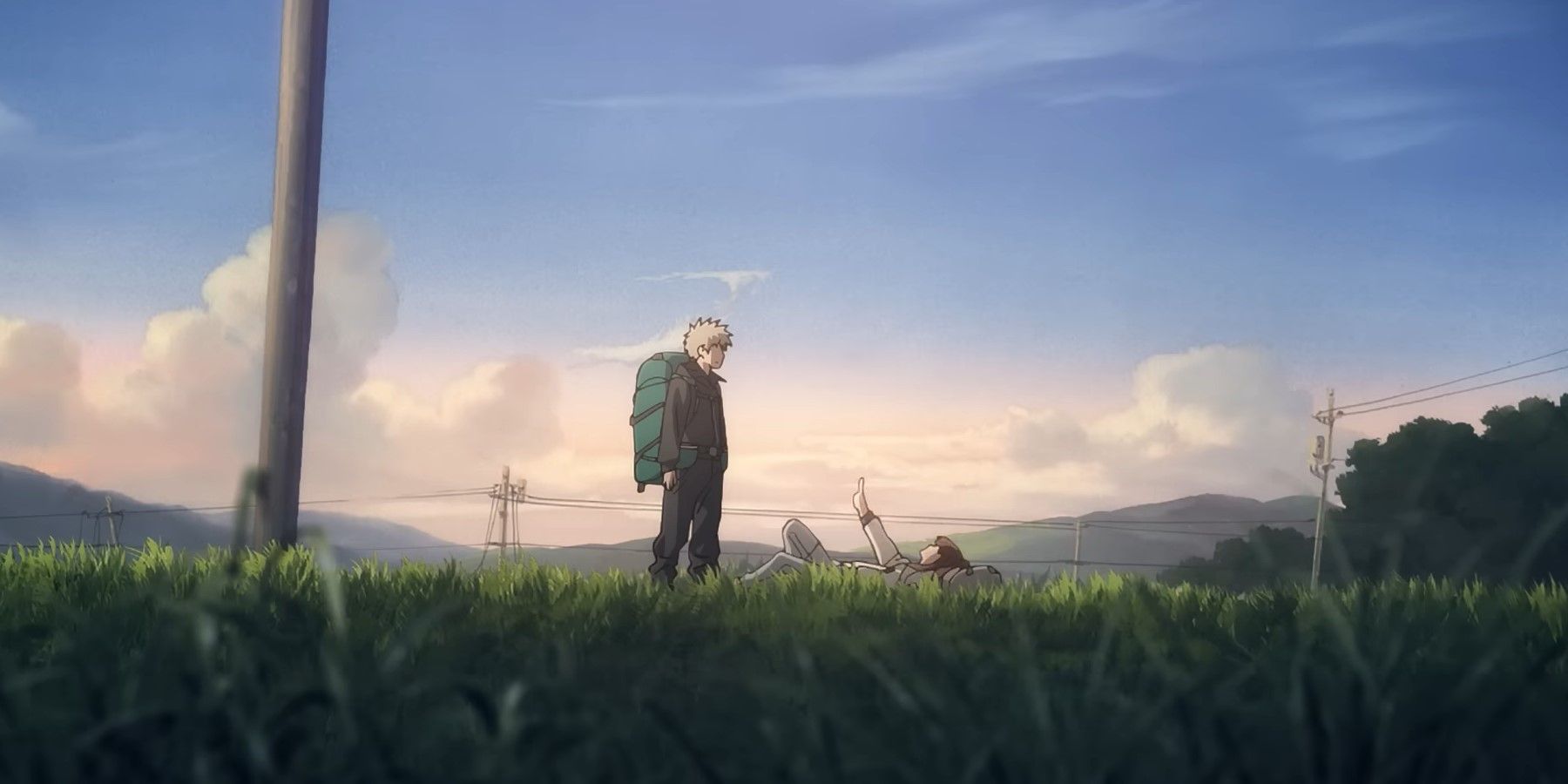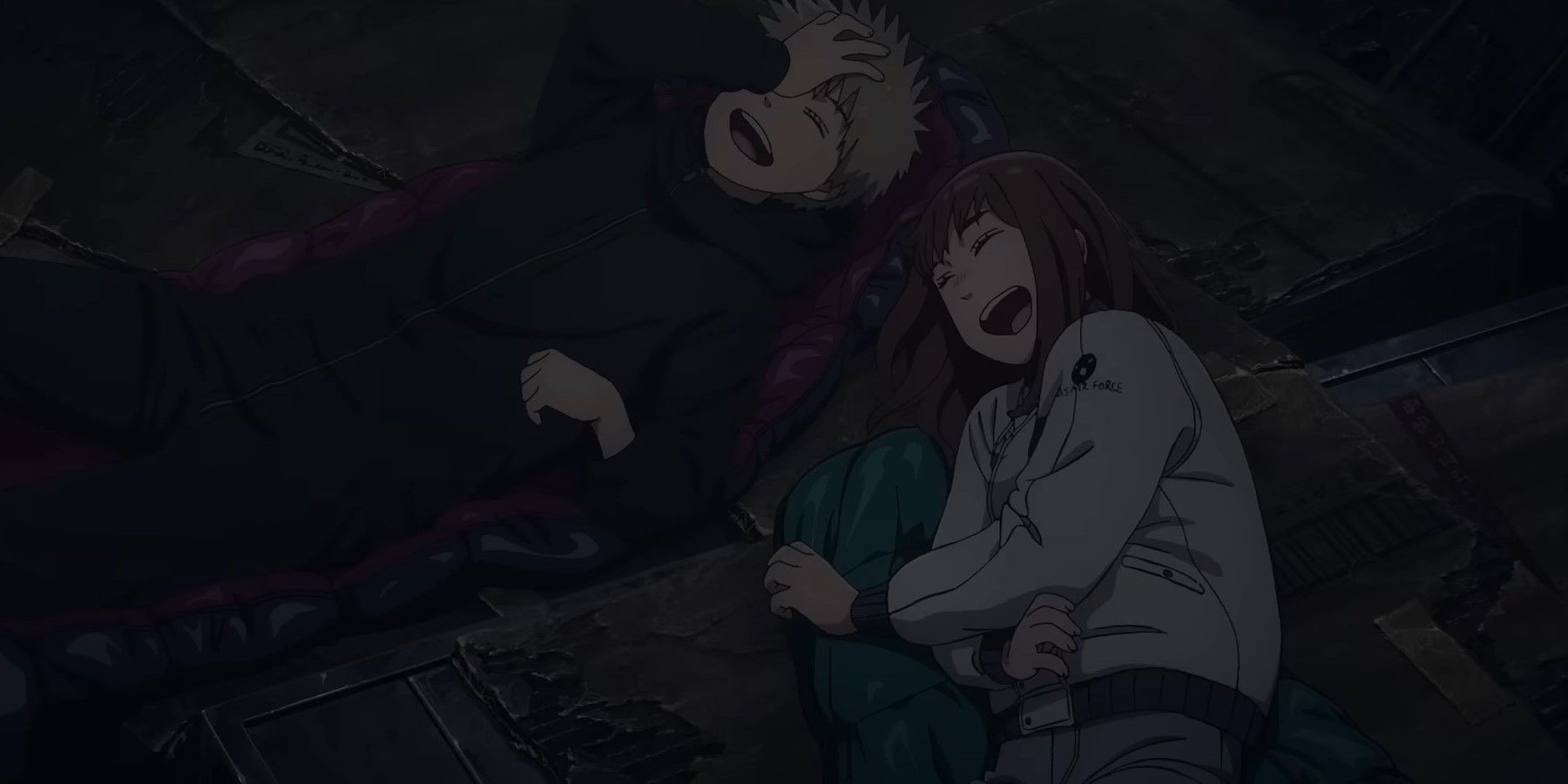Announced in October 2022, the anime adaptation of Masakazu Ishiguro's Heavenly Delusion is set to premiere during the upcoming Spring season. With various plot similarities, like children isolated from the outside world and a post-apocalyptic landscape, Heavenly Delusion seems like it falls into the same niche as the once incredibly popular series The Promised Neverland, created by Kaiu Shirai and Posuka Demizu.
In addition to the post-apocalyptic setting and featuring of young characters, the main goal of reaching a fabled "Heaven" is reminiscent of The Promised Neverland and the safe haven sought by its set of characters. Just how similar are these two titles? Is Heavenly Delusion the new The Promised Neverland?
Plot and Background
Heavenly Delusion (Tengoku Daimakyо̄ in Japan) is set in the year 2039, fifteen years after an unexplained global catastrophe destroys modern civilization as we understand it. A group of children live in a mysterious facility far away from the collapse of society, raised in isolation with no knowledge of the outside world.
Meanwhile, the hellish landscape on the outside is teeming with supernatural creatures that feed on humans and the remnants of humanity trying their best to survive. Among them, Maru and Kiruko have their hearts set on finding "Heaven" and have traversed the inhospitable landscape for a long time in their search, but they have no idea that their ideal heaven might just be anything but.
The original manga of Heavenly Delusion, created by Masakazu Ishiguro (And Yet the Town Moves) has been serialized in Kodansha's Monthly Afternoon magazine from January 2018 until present, currently running at eight volumes. It is being published in English by Denpa. The anime series will be produced by legendary anime studio Production I.G., with direction from Hirotaka Mori; music by Kensuke Ushio; and character designs by Utsushita (Minakata Laboratory).
The opening theme will be "innocent arrogance" performed by BiSH, while the ending theme will be "Dare mo Kare mo Doko mo Nani mo Shiranai" by ASOBI Doumei. The cast includes Sayaka Senbongi (Haru; BEASTARS) as Kiruko; Gen Sato (Chrome, Dr. Stone) as Maru; Hibiku Yamamura (Haruna, Ars Nova) as Tokio and Misato Fukuen (Himiko Toga, My Hero Academia) as Mimihime. The series is set to premiere on April 1.
The Good Place
Now, The Promised Neverland is by no means the inventor of the survival genre, nor is it the first, or only notable example of a psychological anime hinged on the subversion of certain expectations of horror and psychological as genres. The dissonance of having innocent children experience otherworldly horrors in a world that has long collapsed is part of what made the series particularly jarring and notable; and with Heavenly Delusion, It's pretty easy to see the series' leaning on similar thematic components, not to mention why it would be a familiar frame of reference – at first. The post-apocalyptic world is built in a way that is very different from The Promised Neverland; however, the basic skeleton of young characters looking to escape their current confines in pursuit of a better place, the best possible place for them in such a broken world, is shared by both series only in the beginning. In Heavenly Delusion, Maru and Kiriko are looking for a place they know only as "Heaven". They seem completely ignorant of the connotations of the word, and consider this a physical place to be found rather than some kind of cosmological concept.
The post-apocalyptic landscape of Heavenly Delusion is a colourful mix of eldritch-like creatures and monsters that are perversions of concepts that are familiar (monster birds, tardigrades and the like); while the narrative style of the manga presents alternating explorations of the lives of the children in the facility, and the journey of Maru and Kiriko, with each chapter. Similarly to The Promised Neverland, Maru and Kiriko end up noticing a strange insignia that ends up becoming like a clue in their quest to find "Heaven". Since the characters have disparate pasts, the slow and steady development of the story at first serves as the foundation that enables it to build the characters in unique ways. The best thing about Heavenly Delusion and how it develops is the fact that it expertly keeps relevant information under wraps, making it difficult to understand the full scope of the world and understand the limitations the story has imposed upon itself. While the core thematic components are there, the characters are used as arenas in which Heavenly Delusion explores some interesting concepts.
Promised Delusion
One thing about Heavenly Delusion is that it is a definite rollercoaster: you think you know what the narrative is about, but you know nothing, and each passing chapter only makes its reader want to find out more about the world that the story has described, and its characters. While it has several thematic connections to The Promised Neverland, Heavenly Delusion is less focused on the apocalypse itself but how people have kept on living in spite of it. The atmosphere is also another aspect that makes Heavenly Delusion's approach completely different, and within ten chapters of the manga, The Promised Neverland ceases to have most of its significant similarities to this story. In a sense, the comparison is one that is only really relevant before one has gotten the chance to read a few chapters of Heavenly Delusion to see where it ceases to be as similar as once thought.
Unlike The Promised Neverland, the series presents two different sets of main characters who are influencing and interacting with the story in their own ways, independently of each other, but somehow connected. The children raised in the facility are the aspect of the Heavenly Delusion story that is the most reminiscent of The Promised Neverland, and that is for the children's natural curiosity; ability to imagine and foster the desire to go outside; and finally, the existence of monstrous creatures on the outside that prey upon humans. The central theme of a contrived paradise that hides an ugly, monstrous truth connect Heavenly Delusion and The Promised Neverland, but the execution here looks like it's going to be completely different.

